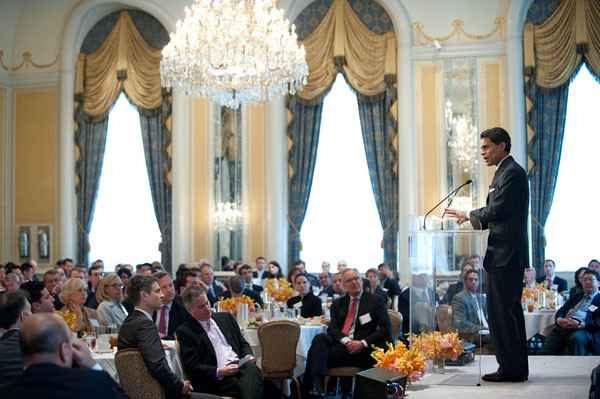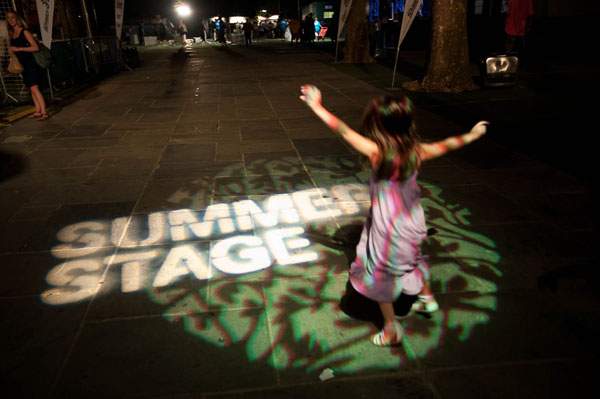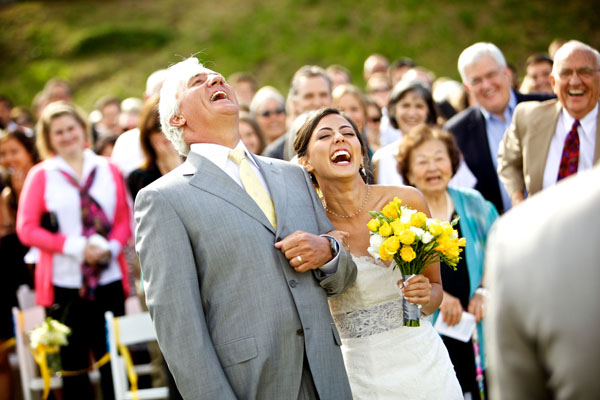Share
5 Event Photography Tips from an Event Planner
Shooting event photography can be a tricky game – photographers must be able to tell a strong visual narrative and get the shots that the client ...

Shooting event photography can be a tricky game – photographers must be able to tell a strong visual narrative and get the shots that the client requests, while still adding their personal touch. It’s also important to be known by the right people, as the market continues to be driven by word-of-mouth.
 To get more insight into the world of event photography, we spoke with Jeremy Norman, Creative Director at Congruent Creative Workshop (CCW), an event design and production firm based in New York City. Jeremy has been working in New York for eight years and has helped assemble a range of events from social to corporate galas to non-profit events. CCW’s very long and varied client list includes the New York City Ballet, JP Morgan Chase, The Whitney Museum of Art, and Virgin Records.
To get more insight into the world of event photography, we spoke with Jeremy Norman, Creative Director at Congruent Creative Workshop (CCW), an event design and production firm based in New York City. Jeremy has been working in New York for eight years and has helped assemble a range of events from social to corporate galas to non-profit events. CCW’s very long and varied client list includes the New York City Ballet, JP Morgan Chase, The Whitney Museum of Art, and Virgin Records.
“We like to create stories and narratives in events,” says Jeremy. “Whether it be a social or corporate branded event. Even the entrance to the party should evoke a mood, a personality, or a branded message that the client is trying to convey.” And that most certainly applies to the photographers Jeremy hires to cover his events.
Because CCW has a focus on a narrative thread – which needs to apply to every aspect of production – it’s important for photographers to understand and work with the firm’s practices. Jeremy shared his five event photography tips on how photographers can promote their work to him and the general needs he sees in today’s event photography market.
1. Different firms have different aesthetic specialties.
If you’re a photographer trying to partner with an event planning company, consider whether your style and approach will mesh. “At CCW, we want photographers to capture candid, or certainly natural photographs that convey a mood. Long gone are the days when you have people line up in front of the church, or those other really orchestrated shots. I don’t know of anybody who does that anymore. People seem much more attracted to natural, in the moment, narrative.”
2. Learn to work with a firm and take direction.
“We’re very big on creating moments in the events – different opportunities for exciting photographs. Because if you’re going to spend one, two, three hundred thousand on an event you definitely want to have memories that are well shot and well photographed. That’s why we often make suggestions to our photographers before the event. We don’t spend hours and hours, but we certainly do offer our advice and want to find photographers who are amenable to collaboration.”
3. To promote your work, create well-curated online galleries.
“If you have a nice online portfolio, with high quality, creative and well-curated photographs then we would be much more inclined to bring you onto a project,” he says. Not only does this get you the job, but it could help the firm bring in new clients, too, which means more business for everyone. “Good photographs are a huge selling point. A lot of clients can’t envision the event, even if you use very descriptive language. When we have photographs, they can evoke a mood and can convince a potential client to come on board with us.”

Freelance photographer Michael Seto caught this beautiful moment at New York City’s Summer Stage concert series.
4. Build and work off of your people skills.
Jeremy knows that if a photographer isn’t working well with a crowd, he’ll hear about it from clients. Word of mouth is still a huge source of promotion. “I find that most of the time you get business in this industry it’s because people attend an event, like it, and ask who did it. It’s very much a referral-based industry.”
5. Establish partners outside the industry.
When it comes to marketing tactics, Jeremy suggests partnering with local vendors who also specialize in mood catering or branded events. For example, if an event requires costumed wait staff or a performance requires actors with theatrical makeup, then a photographer who works with local costume designers and makeup artists will be an easy sell for the planner building a crew in the area. Jeremy says, “partnering with makeup artists seems highly effective because makeup, and the way photographs look, go hand in hand.”
 These 5 event photography tips are just a few of the insights included in our free guide, Growing Your Event Photography Business. You’ll also hear from FOOD & WINE‘s Marketing Art Director, who hires event photographers for the magazine’s gatherings throughout the year, five successful event photographers, and get concrete tips like “8 Ways To Make A Crowd Love You.”
These 5 event photography tips are just a few of the insights included in our free guide, Growing Your Event Photography Business. You’ll also hear from FOOD & WINE‘s Marketing Art Director, who hires event photographers for the magazine’s gatherings throughout the year, five successful event photographers, and get concrete tips like “8 Ways To Make A Crowd Love You.”
Check out what we found on how mastering storytelling is key to repeat clients, why pursuing a niche can lead to a thriving business, and more in Growing Your Event Photography Business.



